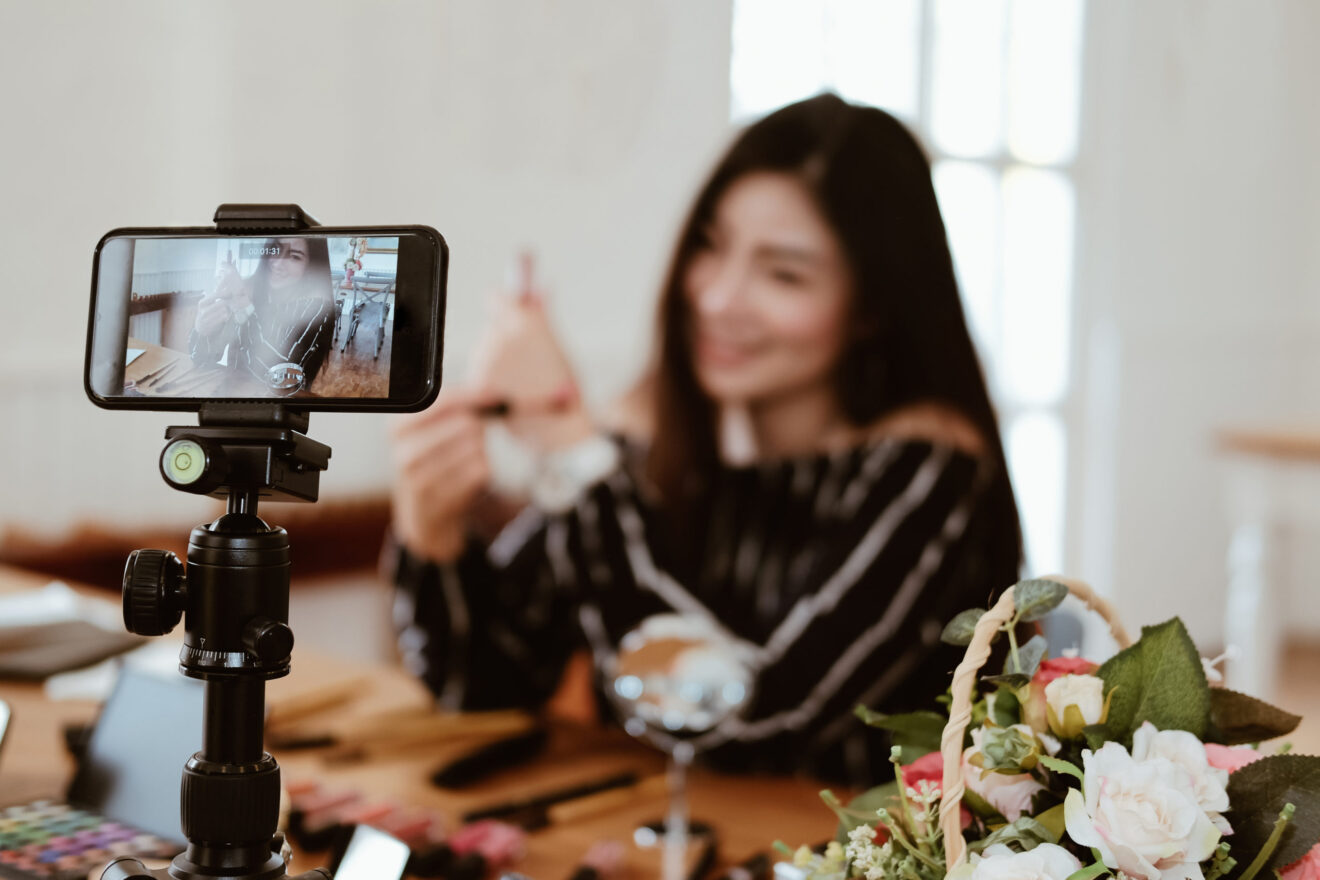E-commerce livestreaming has emerged as a global marketing essential. Over the past year, a mind-blowing number of brands from different industries have scrambled to embrace this format to promote products and fuel sales — and China’s e-commerce market is leading the way.
Livestreaming, which involves promoting products using real-time, interactive video, is now indispensable in China’s post-pandemic e-commerce industry. As a way of marketing and presenting products to consumers, livestreaming has deeply penetrated customers’ daily lives.
Despite the fact that livestreaming has garnered massive success in the China e-commerce market, livestreaming e-commerce in the US is still in its infancy. Retail giant Walmart partnered with TikTok to carry out its first-of-kind livestreaming event in December. It is definitely a fantastic attempt for Walmart to step into livestream marketing in some ways.
We’ll take a look at the best lessons from China that can help US retailers and brands succeed with livestreaming to fuel online sales.
Key tactics to shape a good livestream
Fact-check KOLs’ influence and reliability
Brands can either launch their livestream campaign or collaborate with key opinion leaders (KOLs) — also known as influencers — who can serve as hosts in their own events where they represent multiple brands.
It would be the best choice for smaller brands to work with leading influencers to generate sales and awareness strategically. Given that top livestreamers possess a considerable audience base and the partnership will lead to significant short-term exposure.
Brands should choose influencers to be hosts that fit with the brand, such as an overlap with their fans’ personas, spending habits and interests. Brands need also to ensure that the influencers’ followers would be a good fit for the target consumers.
In addition, brands need to research the historical sales data, peer recommendations and engagement data (comments, likes) to assess hosts’ influence. As a brand, you want a true partner to promote your products — not just random ads or spam.
Build real-time, interactive communication
Livestreaming can have a more intuitive impression for consumers. Compared with traditional online stores, livestreaming shows how the product is used, bringing consumers a clear, straightforward experience. If consumers have questions about the product, they can communicate with the host in real time to make the interaction more efficient.
In this case, it’s pivotal to choose an anchor that understands the products and the brand — and likes it. We noticed that popular livestream hosts are usually featured with solid knowledge about their followers’ products and functionalities, demands and interests. Their extreme passion can appeal to consumers.
Given that, hosts need to have a strong face-to-face selling power. For bridging the gap between customers and brands, they will display product selling points in multiple forms and display products with various lenses. Also, livestreamers can switch products from different angles to more comprehensively display products in front of the camera to have a better viewing experience.
Choose the right products
Selecting the right product to participate in the livestreaming is essential — because, typically, influencers who have their own livestream sales event don’t promote multiple items from a brand, unless it’s a dedicated livestream, in which case it can be quite expensive.
Select popular items with high credibility, and offer a reasonable price to drive instant sales. Many customers could make an impulsive purchase — so please be careful about what you sell, or you may face a lot of product returns if the livestream presentation is misleading or leaves out important information.
Also, be aware of the supply chain — because if you sell out of a big batch very quickly, you may soon have no stock left to sell (a luxury pain point for some merchants).
Make a preview before the event
Like other online events, a product preview before the start of the livestreaming is essential to facilitate the increase in live broadcast traffic.
Top livestreamers in China like Austin Li and Viya will work with multiple brands to offer products during a livestreamed shopping event. These influencers have teams that will publish a warm-up article among their social media accounts four to six hours before the livestream. Online users from China’s social media platforms WeChat, Weibo, Little Red Book or even Taobao Live channels can access the updates. Such previews will contain all the product names that will be sold in the live broadcast.
When a brand conducts its own livestream event, it also should promote their events a few days in advance. This way, their base of followers can click “like,” “favorite,” share with friends and subscribe to the livestream session to maximize total engagement data and sales.
Key takeaways:
- Planning and using a suitable livestreaming method — whether you partner with an influencer along with other brands or you have a dedicated sales event — is vital as a starting point.
- The most critical step to appraise a campaign’s performance is to run a data-driven analysis. Identify and evaluate the strengths and weaknesses of the whole livestreaming event. It is helpful for brands to understand what works and what needs to be improved.
- There is no quick way to master livestreaming for each brand in a short period of time – the brand needs to be patient and learn from each event.
Franklin Chu is managing director US for Azoya International, a provider of turnkey cross-border e-commerce solutions to assist retailers looking to expand into China through a cost-effective and lower risk method. To date, over 35 retailers in 11 countries are partnering with Azoya to expand into China with ease, including French fashion retailer La Redoute, Australia’s largest pharmacy group, Sigma, as well as Feelunique, the largest online beauty retailer in Europe.
